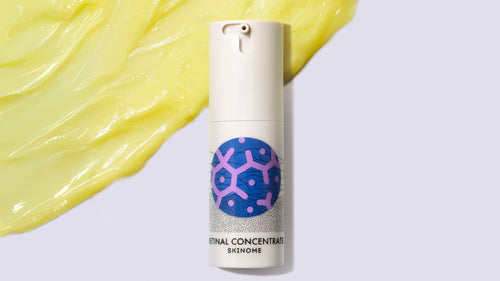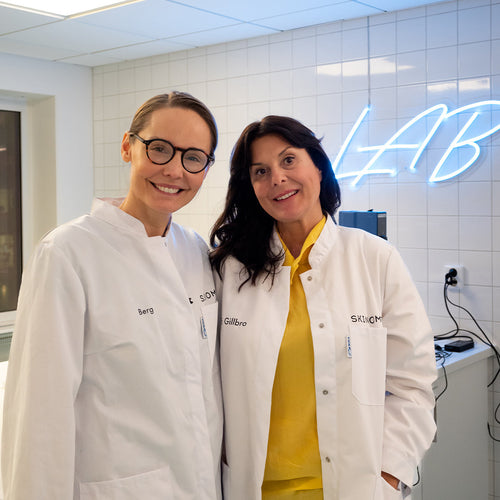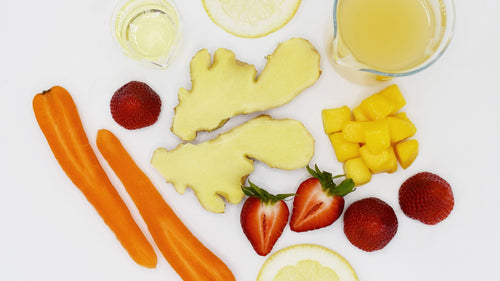Biofermentation
Biofermentation is a more environmentally friendly technique that involves using microorganisms such as bacteria, yeast or fungi to produce chemicals. This method is used in the production of substances such as antibiotics, alcohol, and a number of other biotechnological products. In skin care, various organic acids such as lactic acid or citric acid are usually produced via biofermentation, but also oils such as squalane. The substances referred to as postbiotics are also produced or extracted from biofermentation reactions.
Green chemistry
Green chemistry aims to develop chemical processes and products that are more environmentally friendly and require less resources. Green methods try to reduce the use of hazardous substances, reduce energy consumption, reduce the amount of water or other solvents used and reduce waste from the chemical processes.
Upcycling
Upcycling for the production of chemicals is a method that involves making use of residual products and converting existing materials and chemicals into other and more valuable substances. It can be reuse or extraction of residual waste, use of by-products or use of residual material as starting material or energy source in fermentation processes. The conversion aims to reduce waste, save resources and reduce the total environmental impact that the substances have by reusing and converting chemicals instead of producing them from scratch. It is becoming more and more common with upcycling and that it is widely applied in the chemical industry and increasingly highlighted in skin care.
Overall, the development of new methods for the production of substances is incredibly important to reduce our overall environmental impact and make chemical production more sustainable.


















